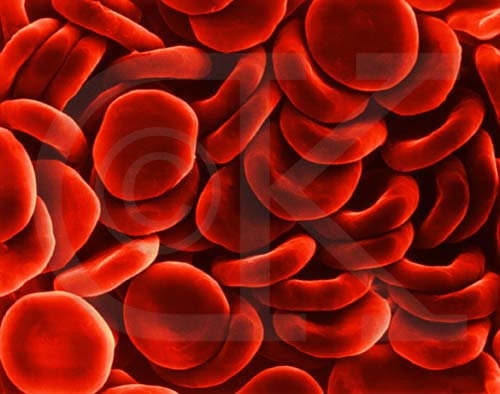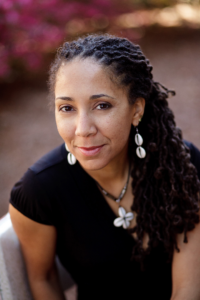I grew up in the 1980s before AIDS was called HIV. My closest friends and I were trained to be deathly afraid of unprotected sex. At worst, you would get AIDS and die. And best, you got pregnant and there went your career dreams. Or so we believed as we sat around the pharmacy section reading the labels on the condoms so we could buy a three-pack and each of us could carry one in our wallets. We had no person or plan, but this made us “90s women.” So I never had unprotected you-could-get-pregnant-from-doing-this sex until I was interested in getting pregnant. The downside to being a health educator’s dream is that you don’t know if you can get pregnant until you try.
My gynecologist said “tick tock” more than a year before my partner and I were ready. We both have friends who have wanted to get pregnant and couldn’t. We knew a little about artificial insemination and in vitro fertilization. My partner wondered if our health insurance covered it. I said that it didn’t matter. Turns out extra levels of estrogen are very bad for a depressed woman’s body. At least that’s my experience. I had four horrific weeks on the birth control patch when a doctor thought that was the best solution to my fibroids. I vomited every healthy thing I ate for one week and felt suicidal by week three. I was happy inside, but suicidal. I stumbled across a book on orthomolecular psychiatry (nutritional treatment for schizophrenic disorders) that mentioned how bad estrogen was for depression. It definitely explained why my PMS felt so bad. I ripped the patch off my a#$ and calmly informed the nurse I would be looking for a new doctor.
If a patch of estrogen jacked me up, I didn’t want to find out what shots of it would do. There would be no IVF, no counting days, no taking temperatures, I declared. We would not turn our intimate life into a clinical laboratory.
Of course these things are simple to say in theory. Decisions in reproductive health, like much of life, are easier made in theory than when one is watching hopes and dreams circle the drain. Who knows what we would do?
We didn’t exactly know what we would do when I stopped bleeding. This is what wombs are about, right? Blood. Blood made me fear HIV. The sight of blood is a relief if pregnancy is not desired. The sight of blood can mean attendant uterine pain. For many women who live with depression, the sight of blood is a relief from the four-day intense depression of PMS.
I could almost set my watch to the hour at the sight of my own blood. When there was no blood, I assumed everything except pregnancy – stress, changing time zones, the high altitude of a transcontinental flight.
to be continued . . .




